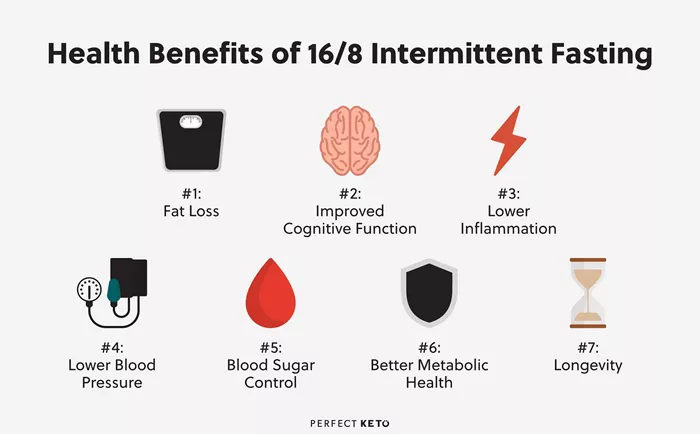Ontario’s Health Minister, Sylvia Jones, announced the project on Monday during a visit to Thunder Bay. The new facility is intended to offer emergency mental health and addiction services in a private, secure setting, allowing patients to receive care in a more comfortable environment, free from stigma.
A Focus on Improved Care and Privacy
Minister Jones emphasized the importance of creating a space where patients can receive focused care. “Our government’s investment will create a new space designed to provide care in a safe and private setting for patients and their families,” Jones stated. “This space will feature enhanced nursing and physician assessments, improved programming, and better care plan development, ensuring that people are at the center of the process.”
While the government did not disclose the exact cost of the project, it is part of a larger $400 million investment in mental health and addiction services over the next three years. The new care area will be integrated with the existing emergency department, ensuring seamless access from the triage area.
Project in Early Stages, No Timeline Yet
The project is still in its early planning and design phase, and there is no confirmed timeline for construction or completion. The Ontario government stated that a construction schedule will be finalized once planning is complete, and the project is tendered and awarded.
Addressing Healthcare Strain in Northwestern Ontario
Thunder Bay is the primary healthcare hub for several northern Ontario communities and numerous First Nations. Kyle Lansdell, Chief of Emergency and Trauma Services at TBRHSC, described the impact of the new facility as transformative for patient care. “Having a dedicated space will allow us to provide patients with a place where they feel comfortable, supported, and not stigmatized,” Lansdell said. He added that the facility will also improve patient observation and interactions with healthcare staff.
A Step Toward Reducing Healthcare Inequities
Rhonda Crocker Ellacott, President and CEO of TBRHSC, highlighted the regional significance of the new space. “With the steady rise in mental health and substance use visits at our hospital, this investment is crucial to addressing the systemic healthcare challenges faced in northwestern Ontario,” Crocker Ellacott said. “It will help reduce healthcare inequities and improve both clinical care and service excellence.”
Thunder Bay continues to grapple with one of the highest opioid-related death rates in the province, with a rate of 59.6 deaths per 100,000 population in the first half of 2024. As the region confronts this ongoing crisis, the new care space will play an essential role in addressing the growing demand for mental health and addiction services.
Shifting Focus to HART Hubs and Addiction Recovery
As part of Ontario’s broader mental health and addiction strategy, the province is also focusing on the development of Homelessness and Addiction Recovery Treatment (HART) Hubs. These hubs aim to provide supportive spaces for individuals facing homelessness and addiction but will not allow supervised consumption or needle exchange programs, which were previously offered at the Path 525 supervised consumption site in Thunder Bay.
Path 525, the only supervised consumption site in northwestern Ontario, is set to close by March 2025 due to new provincial regulations. Juanita Lawson, CEO of NorWest Community Health Centres, has confirmed that the organization is applying for a HART Hub to transition services, but the outcome of the application remains pending.
A Comprehensive Approach to Mental Health and Addiction Care
Minister Jones addressed the ongoing discussions about harm reduction and the future of supervised consumption services. While she did not directly comment on the fate of harm reduction programs, she reaffirmed the government’s commitment to offering alternatives to illegal drug use. “We have to give people hope by providing alternatives,” Jones explained, emphasizing the importance of creating pathways out of addiction through initiatives like the HART Hub model.
As the province continues to invest in mental health and addiction services, the Thunder Bay Regional Health Sciences Centre’s new emergency care space is a critical part of the effort to address the growing needs of the community and surrounding regions.
Related Topics
Indian Pharma Develops New Drug to Combat Antibiotic Resistance
NHS to Roll Out New Weight-Loss Drug Mounjaro, but Full Access May Take 12 Years
The Enlightened Path for Equal Access to Healthcare for People Living with HIV (PLHIV)



































